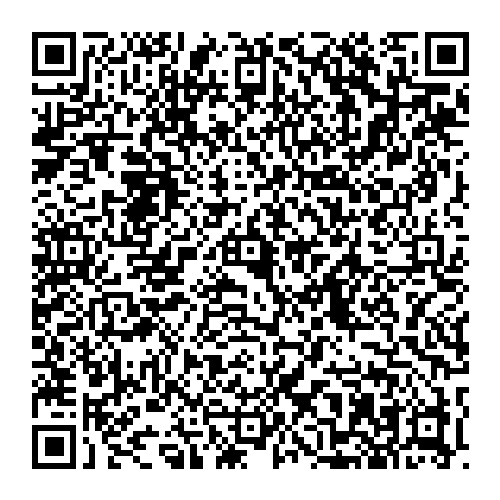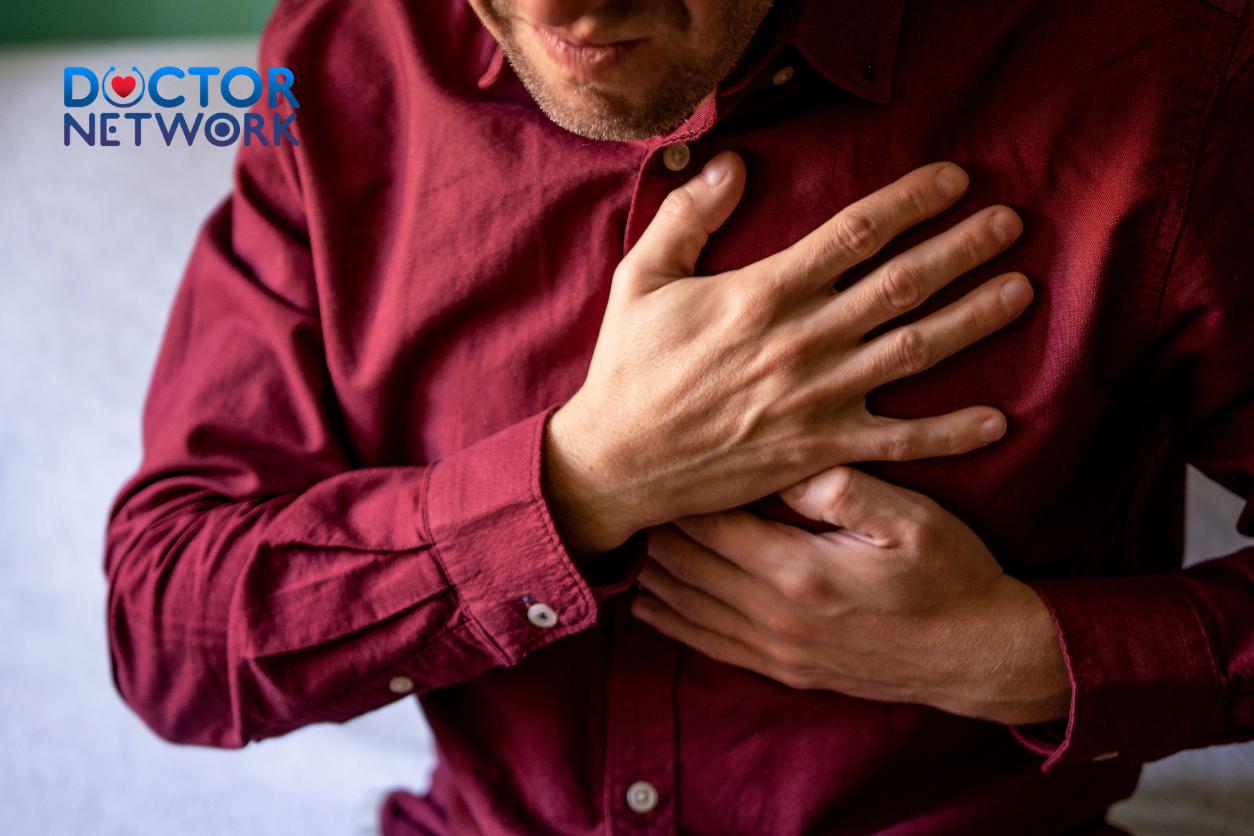Heart is an organ that plays an extremely crucial role in the human body. This organ pumps 5 – 6 liters of blood per minute, carrying oxygen throughout the body to sustain life. However, many people still wonder how many chambers does the human heart have and how to treat heart diseases. This article is referenced by Cardiologist Dr. Nguyen Phuc Thien, and invites readers to explore the information below.
1. How many chambers does the human heart have?
The question “how many chambers does the human heart have” is a common one. The human heart is the most important organ in the circulatory system, responsible for pumping blood to all organs and tissues in the body. The structure of the human heart is quite complex with four chambers: 2 upper chambers called atria (left atrium and right atrium) and 2 lower chambers called ventricles (left ventricle and right ventricle).

The human heart has 4 chambers, playing a vital role in the human body
At the bottom, the ventricles pump blood into the arteries. Specifically, the left ventricle pumps blood into the aorta, allowing blood to circulate throughout the body. As for the right ventricle, it pumps blood into the pulmonary artery to pick up oxygen, while releasing carbon dioxide. The partition between the two ventricles is called the interventricular septum. Few people know that the left ventricle is like a “large room,” the strongest in the heart, and the force it generates is strong enough to pump blood to nourish the body.
In the upper chamber, the left atrium receives blood from the lungs and sends it to the left ventricle. The right atrium is responsible for pumping blood from the superior vena cava, sending it to the right ventricle. There is a partition called the interatrial septum that separates the left atrium and the right atrium.
2. How does the heart work?
After learning about how many chambers the human heart has, we need to understand the mechanism of the heart’s operation. The human heart operates in a cycle consisting of two main phases called diastole and systole. In the diastole phase, the heart pumps blood out, and it receives blood from the large blood vessels when entering systole. Blood returns from veins containing little oxygen and much CO2, is pumped into the right atrium, then down to the right ventricle and pumped into the pulmonary artery. In the lungs, blood is cleaned and oxygenated again, then flows back to the left atrium, continues into the left ventricle, and finally is pumped into the body through the aorta.
3. If diagnosed with heart disease, what should be noted and how is it treated?
Heart disease is always considered one of the serious medical conditions, and patients with heart disease need careful care and treatment. There are many treatment methods, but the most common ones that patients are often instructed by doctors are medication, lifestyle changes, and surgery if necessary. Note that patients with heart disease need to undergo regular check-ups, adhere to a diet and exercise regimen as instructed by doctors.

Heart disease is always considered a dangerous disease and people with the disease need to be treated according to a doctor’s instructions
4. What should individuals with heart disease be aware of during physical activity and daily activities?
Individuals with heart disease need to focus on adjusting their lifestyle appropriately to minimize cardiovascular events. They need moderate exercise such as long walks, swimming, or cycling. Avoid strenuous physical activity or mental stress. Limit consumption of fast food, alcoholic beverages, and foods high in salt and cholesterol.
5. What should be done to ensure heart health and prevent coronary artery blockage?
To prevent coronary artery blockage, you need to adhere to some important measures. Maintain a healthy lifestyle, including a reasonable diet rich in fiber, low in salt, sugar, and animal fat. Increase moderate physical activity, avoid alcohol and tobacco. Control risk factors such as diabetes, control blood pressure and cholesterol. And finally, regularly monitor overall health, especially indicators related to heart health.

Limiting alcohol helps protect the heart
By now, you have learned how many chambers does the human heart have and what individuals with heart disease should be aware of. Hopefully, this article provides useful information for you, helping you gain the necessary knowledge to take care of your heart and ensure the well-being of yourself and those around you. Visit your doctor regularly and adhere to their treatment plan to ensure good control of your heart health.
Kiểm Duyệt Nội Dung
More than 10 years of marketing communications experience in the medical and health field.
Successfully deployed marketing communication activities, content development and social networking channels for hospital partners, clinics, doctors and medical professionals across the country.
More than 6 years of experience in organizing and producing leading prestigious medical programs in Vietnam, in collaboration with Ho Chi Minh City Television (HTV). Typical programs include Nhật Ký Blouse Trắng, Bác Sĩ Nói Gì, Alo Bác Sĩ Nghe, Nhật Ký Hạnh Phúc, Vui Khỏe Cùng Con, Bác Sỹ Mẹ, v.v.
Comprehensive cooperation with hundreds of hospitals and clinics, thousands of doctors and medical experts to join hands in building a medical content and service platform on the Doctor Network application.


























